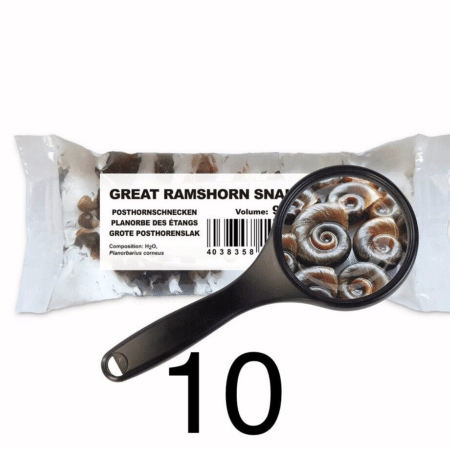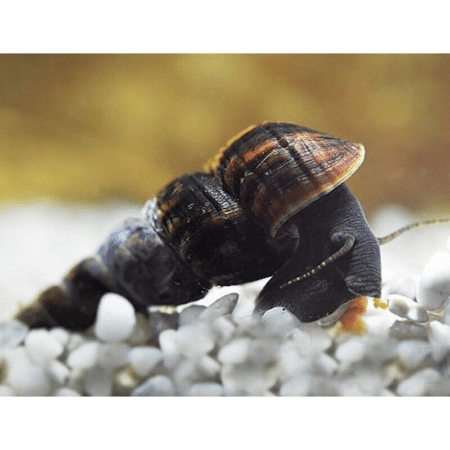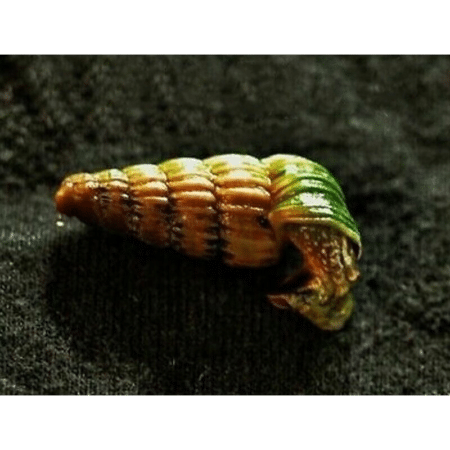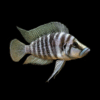-
×
-
×
-
×
-
×
-
×
Subtotal: £92.90






















Emily Carter (verified owner) –
I recently added the Kasai Smallscale Cyprichromis to my aquarium, and I couldn’t be happier! These beautiful little cichlids have brought so much life to my setup. After about two months of care, I’ve noticed how they thrive in a well-maintained environment, darting playfully among the rocks and plants. They are quite social and even seem to recognize me during feeding time! I feed them quality cichlid food designed for their species, and I can see how their colors pop with just the right diet. Compared to other cichlids I’ve kept, their peaceful nature is a refreshing change, making them perfect for community tanks. The only minor concern is that they can be a bit shy at first, so giving them plenty of hiding spots helps. Overall, I wholeheartedly recommend these little gems to anyone looking to enhance their aquarium with vibrant and engaging fish. Whether you’re a seasoned hobbyist or a caring fish parent like me, these cichlids will surely brighten your tank!